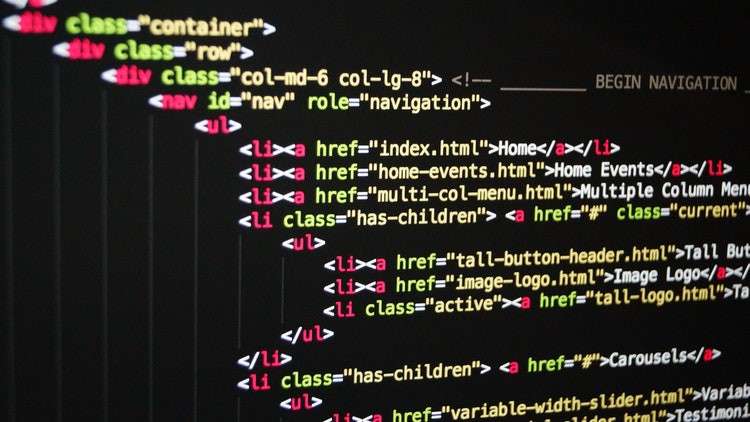
A Comprehensive Example Set for Getting Up to Speed Fast
What you will learn
Web Design Fundamentals
Structuring Web-based Content
HTML 5
Description
HTML 5 Visual Learning fills a gap in the learning and reference works on introductory web design. Instead of the terse definitions written for experts found in online documentation resources, or long commentaries to ease novices into programming, this course strikes a balance between succinct explanation and complete visualizations of code so that the key concepts are learned through easy-to-follow examples.
The course assumes no previous knowledge of HTML, web development or programming. You will very quickly gain the skills you need to write the original source files for creating websites. You can also use the course in an ongoing way as a general reference since it presents very thorough coverage of HTML elements, their features and use cases.
Dozens of code snippets are provided for you to experiment with to develop your HTML 5 skills. I show you how to use an online IDE (integrated learning environment) for practicing and pre-visualizing your HTML code.
After completing this course, you can continue your learning with my other courses on CSS 3 and Bootstrap 4. Whether you want to become a professional web developer, or create websites to use as a communication tool, the course will get you well on your way with its many examples and resources.
This course is based on my Mike Ludo (a pen name) web development books.
Content